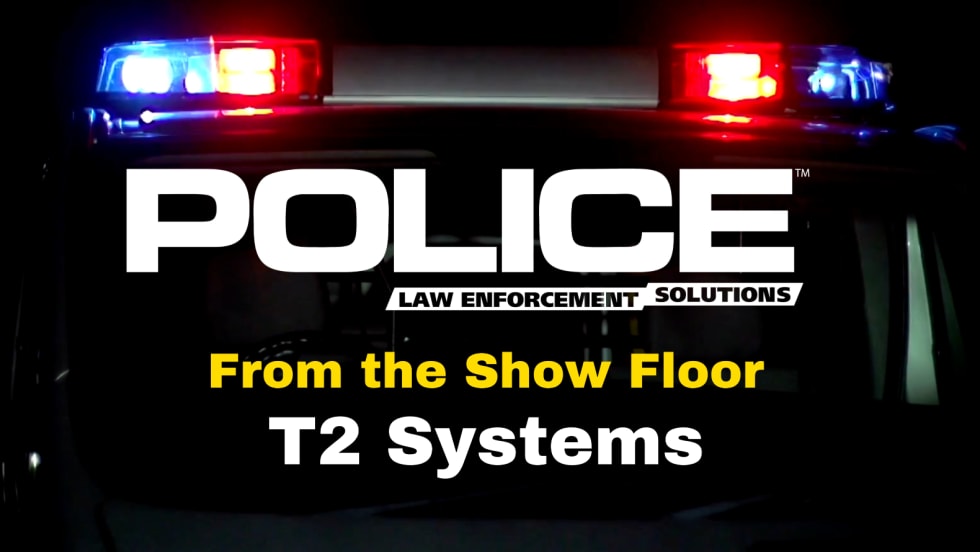Albert Florence had been ordered to pay a fine in connection with a New Jersey conviction. After he failed to make timely payment, the court issued a bench warrant for his arrest. The next week, Florence paid the balance of the fine, but the warrant was inadvertently left in the records system. When Florence was stopped for a traffic violation two years later, the trooper arrested him on the outstanding warrant.
At intake in both the jail where Florence was booked and a county detention facility to which he was later transferred, he was required to remove his clothes, take a shower under observation, and subject his body cavities to visual observation before being placed into the general population. No foreign objects were found, and Florence was released as soon as it was confirmed that the arrest warrant should have been recalled.
Florence then sued, claiming a violation of his Fourth Amendment rights based on the fact that his arrest was for a minor offense and there were no suspicions to justify a strip search. Although the federal district court ruled in Florence's favor, this ruling was reversed by the Third Circuit Court of Appeals. Florence then petitioned the U.S. Supreme Court for review, renewing his argument that custodial officers should not be allowed to strip search inmates arrested on minor charges, unless there were reasons to believe a search would disclose concealed weapons or contraband.
The Supreme Court rejected Florence's argument and his lawsuit. The court pointed out the practical reasons for allowing jailers to check for gang tattoos and signs of injury or disease, and to ensure that no weapon or contraband was being smuggled into the institution. The court summarized its ruling as follows:
"It is not surprising that correctional officials have sought to perform thorough searches at intake for disease, gang affiliation, and contraband. Jails are often crowded, unsanitary, and dangerous places. There is a substantial interest in preventing any new inmate from putting all who live and work at these institutions at even greater risk when he is admitted to the general population. People detained for minor offenses can turn out to be the most devious and dangerous criminals. The search procedures here struck a reasonable balance between inmate privacy and the needs of the institution."













